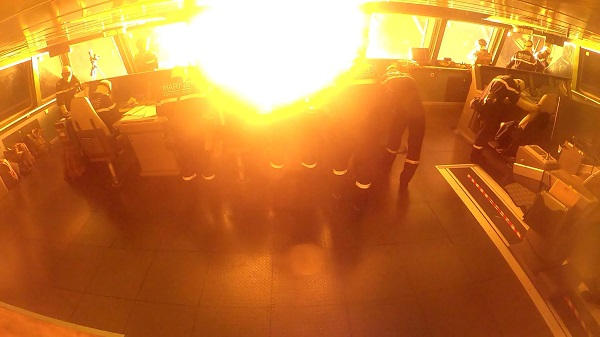Mountaineers now have to carry their excrement back to base camp

Above 5000 m altitude, these wastes do not decompose completely due to extreme temperatures.
Mountaineers who tackle Everest or neighboring peaks in the region now have to carry their excrement in a plastic bag to base camp. BBC. “Our mountains began to stink”British media Mingma Sherpa explained, Pasang Lhamu municipality president, on the origin of this decision.
Above the base camp at an altitude of more than 5,000 meters above sea level, excrement does not disperse completely due to extreme temperatures in any season. “We have received complaints that human faeces are visible on the rocks and some climbers are falling ill.”, Mingma Sherpa added. Everest climbers now have to buy a bag that will be checked on the way back.
At base camp, latrines are available in special tents inside which barrels are emptied for the purpose of collecting stool. But higher in altitude, in high camps, climbers often improvise their latrines by digging a hole in the snow or on the ground when the snow gives way to rock.
Also readEverest 70 years later, a desolate mountain that still fuels dreams
“Garbage remains a major problem, especially in high altitude and inaccessible camps.”also announced BBC Chiring Sherpa, Director General of NGO Sagarmatha Pollution Control Committee (SPCC). According to their figures, there are three tons of human excrement between Camp One at the base of Everest and Camp Four towards the summit. Especially the South Col, at 7906 m, would have earned the reputation of “Open Toilet”. Battered by constant freezing winds, this pass, from where mountaineers depart for the final assault to the summit, is entirely made of stone, with neither ice nor snow.
The waste problem
The municipality carefully calculated the number of bags based on the 1000 to 1500 people who would try to reach the summit from March, and by precisely calculating the amount of stool per climber per day: approximately 250 grams.
In general, littering on Everest is a problem regularly highlighted by associations and the Nepalese government which is increasing its clean-up campaigns. Some ambitious projects have also been set up by mountaineers to try to clear camps at various altitudes.
During the last climbing season, a French researcher and his team collected 1.6 tonnes of plastic waste in the Himalayas. Drums, tents, PVC tubes and bottles. “It’s a real dump. Behind every rock, we find oxygen bottles, canned goods, tents, shoes, it’s really absurd”Witnessed by Nepal’s Luc Boisnard, Makalu returned from his first attempt to climb 8485 meters.





